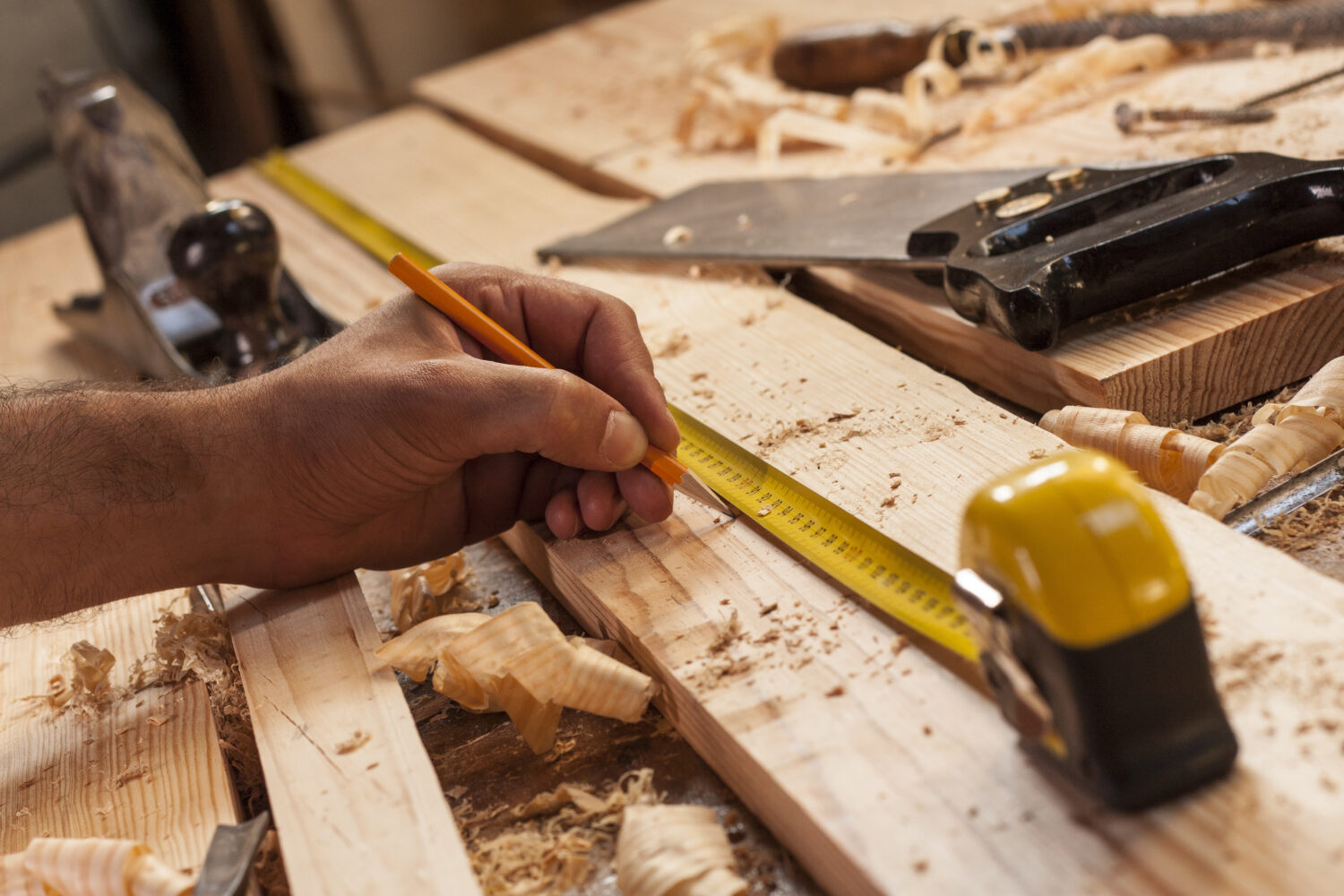Statement of Inquiry
Understanding how to identify and use the correct resources which includes both equipment and materials, needed to develop pupils’ skills in each competency, through regular practice.
Key Concepts
Development
Assessment Criteria
Criterion C: Creating the solution
ATLs
- Develop new skills, techniques and strategies for effective learning
Links to Prior Learning
KS2 science – food chain, human body
Food science – enzymatic browning
Statement of Inquiry
Understanding how to identify and use the correct resources which includes both equipment and materials, needed to develop pupils’ skills in each competency, through regular practice.
Key Concepts
Development
Assessment Criteria
Criterion C: Creating the solution
ATLs
- Develop new skills, techniques and strategies for effective learning
Links to Prior Learning
KS2 science – food chain, human body
Food science – enzymatic browning
Statement of Inquiry
Entrepreneurs collaborate across subjects to explore culture.
Key Concepts
Culture
Assessment Criteria
A : Evaluating B: Synthesizing C: Reflecting
ATLs
- Access information to be informed and inform others
Links to Prior Learning
Term 1 and 2 practical skills – continued in this unit
Statement of Inquiry
Entrepreneurs collaborate across subjects to explore culture.
Key Concepts
Culture
Assessment Criteria
A : Evaluating B: Synthesizing C: Reflecting
ATLs
- Access information to be informed and inform others
Links to Prior Learning
Term 1 and 2 practical skills – continued in this unit
Statement of Inquiry
Communication can be used effectively to adapt people’s relationship with food.
Key Concepts
Communication
Assessment Criteria
Criterion A: Inquiring and analysing
ATLs
- Interpret and use effectively modes of non-verbal communication
Links to Prior Learning
Year 7 basic knife skills – bridge and claw
Use of equipment: hob-oven combination
Measuring to make a batter
Statement of Inquiry
Communication can be used effectively to adapt people’s relationship with food.
Key Concepts
Communication
Assessment Criteria
Criterion A: Inquiring and analysing
ATLs
- Interpret and use effectively modes of non-verbal communication
Links to Prior Learning
Year 7 basic knife skills – bridge and claw
Use of equipment: hob-oven combination
Measuring to make a batter



